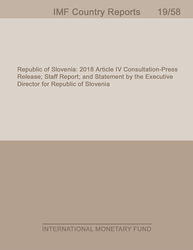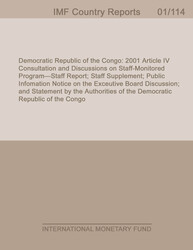
Republic of Lithuania: 2015 Article IV Consultation-Press Release; and Staff Report
KEY ISSUES Context and outlook. Lithuania's economic comeback over the past five years has been impressive. Real GDP has surpassed its previous peak and external and internal imbalances have been corrected. Euro adoption in January went smoothly and came with important upgrades to policy frameworks. Financial stability has increased further. Resilient growth in the face of recent external challenges speaks to Lithuania's strong economic fundamentals and augurs well for the future, but risks in the external environment persist. <div><br></div><div>Key policy issues. The Article IV discussions focused on policies to support the next chapter of convergence with living standards in Western Europe and to ensure continued stability in the face of population ageing and wage convergence with the EU. </div><div><br></div><div>&l t;span class="Apple-tab-span" style="white-space:pre"> </span>• Fiscal policy. Repair of public finances has come a long way, but there is a need for some further consolidation to build fiscal space. Structural reforms to defuse spending pressures, raise spending quality, and reduce the tax burden on labor are also called for. The authorities should take corrective measure this year to avoid backsliding, target a structural fiscal balance of -0.5 percent of GDP from 2016 onward to put the public debt ratio on a downward trajectory, and articulate a strategy for fiscal structural reform. </div><div><br></div><div&g t;<span class="Apple-tab-span" style="white-space:pre"> </span>• Investment and innovation. Both need to be stepped up. Plans to frontload and better leverage EU structural funds and tap resources under the "Juncker Plan" are welcome, especially to the extent they benefit SMEs. Fragmentation in innovation policies should be addressed. Investment will also depend on structural reforms, in particular measures that unlock labor resources and attract foreign investors. </div><div><br></div><di v><span class="Apple-tab-span" style="white-space:pre"> </span>• Labor resources and structural reform. With one of the most challenging demographic profiles in Europe, Lithuania needs to make the most of available labor resources. The labor market is rather flexible in practice, but the rigid and poorly applied labor code should be modernized, mismatches between skills taught by the education system and those sought by the labor market need to be addressed, and budget-neutral alternatives to currently high labor taxation should be actively considered.</div>
Publication date: June 2015
ISBN: 9781513598871
$18.00
Add to Cart by clicking price of the language and format you'd like to purchase
Available Languages and Formats
| English |
Prices in red indicate formats that are not yet available but are forthcoming.
Topics covered in this book
This title contains information about the following subjects.
Click on a subject if you would like to see other titles with the same subjects.
Money and Monetary Policy , International - Economics , Public Policy ,
Also of interest
Summary
Copyright © 2010 - 2025
Powered by:
AIDC



